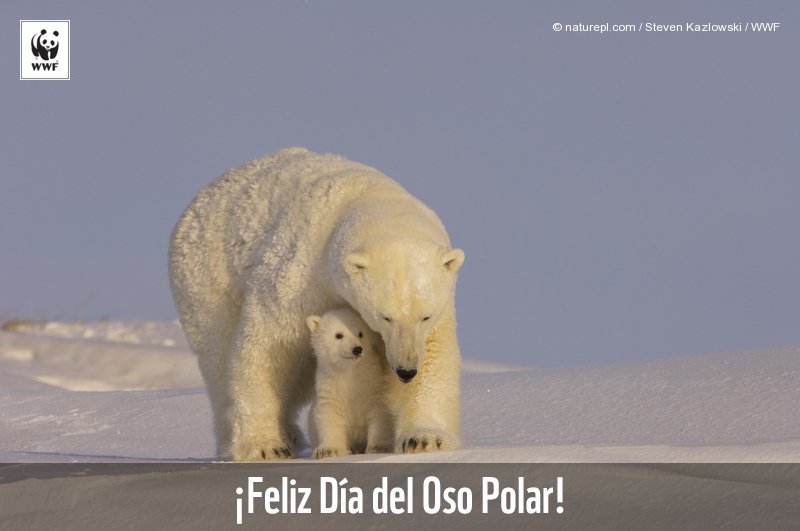Working toward proficiency is the focus of my K-8 Spanish program. But when I try to explain this to parents and colleagues in my school community, I struggle a bit to find a succinct way to do it--especially since it's contrary to the way so many of us learned language(if we did!). Last week, I posted this to my classroom blog for parents(keep in mind, in Montessori, the levels are ages, not grades):
At our school, the Spanish program focuses on proficiency--this is a different paradigm from the grammar and vocabulary list driven programs most of us experienced in high school. Working toward proficiency focuses on the process of acquiring the language and using it for real world purposes. This means that I focus on what the children can do using the language.
So, what does that look like?
- Extended Day children use Spanish to greet each other, talk about their feelings and express some of their likes and dislikes.
- 6-9 students can converse with a friend about what they like to do in class, what they like to eat, talk about where they live, and describe how other children in the world live. 6-9 year olds can also ask each other some questions.
- In 9-12, children can talk about real world challenges, like biodiversity, conservation, health and hunger and suggest solutions for them. They can also understand some information from recordings of native speakers and interpret context related videos from other countries. They can open and close a conversation. They can order in a restaurant, understand a letter written in Spanish and write a response.
- Middle school students can be understood by a native speaker accustomed to foreigners, ask and answer questions during predictable transactions, and use Spanish for travel(tested out during our trip to Costa Rica). These students can get needed information in Spanish from websites and blogs. They can answer some higher order questions using Spanish. Middle schoolers can also sometimes talk about things that happened yesterday, last week or last summer and what they plan to do in the future.
By focusing on what children can do using the language, we are preparing them to use Spanish for study, work and travel in their adult lives.
This, of course, is not the first time I've sent out a message like this, rather I make it part of my regular communication, and a consistent message to my school community.
Want to see what I send out on parent night? It's part information, part sales pitch:
¡Muy bienvenido al nuevo año escolar! We’re so happy to welcome you back and share exciting news about our Spanish program. Last fall RPMS was recognized by the American Council on the Teaching of Foreign Languages(ACTFL) Global Engagement Initiative for our 8th grade trip to Costa Rica.***This initiative recognizes outstanding community and culturally-engaged learning experiences within the world language curriculum at all levels on instruction. We so look forward to sharing this impactful travel experience with your children when they are in Aspen.
When it comes to language acquisition, long term thinking is required. Starting in Extended Day and 6-9, we envision what the 8th grade graduate will look like, and beyond that- the young adult speaker of Spanish. So, let’s start with that vision and program goals:
What are the goals?
- Language development happens over time-much longer than just one or two school years. By the time the children graduate 8th grade, the goal is for them to function at the Novice High-Intermediate Low speaking levels in class. What does that mean?
- Intermediate speakers of a language are know as survivors-they can survive in the target culture.
- The Intermediate level is characterized by the ability to combine learned elements of language creatively, though primarily in a reactive mode.
- The Intermediate level speaker can initiate, minimally sustain, and close basic communicative tasks.
- The speaker can ask and answer questions and can speak in discrete sentences and strings of sentences on topics that are either autobiographical or related primarily to his or her immediate environment.
- Novice High speakers are on the cusp of being able to perform Intermediate tasks in a sustained and consistent manner.
Remember-Novice High/Intermediate Low is the goal of our graduates. What that means is that in 6-9, the children are interacting and having fun using the language to explore different topics. While the priority is interpersonal communication, we start some reading during the second and third years and introduce writing-all of which support oral communication. The children in 6-9 navigate real life situations encountered in childhood using Spanish-play, asking questions, grace and courtesy, talking about themselves and exploring culture through the language.
We hope that you will sign up to follow the Spanish class blog, where we post information on language learning, news on what’s happening in class and practical ways you can support Spanish language learning outside of school. Please contact us with any questions you have. We love talking world languages!
***Blog reading friends--you should also apply for this on the ACTFL website this coming spring!














 WWF España
WWF España














